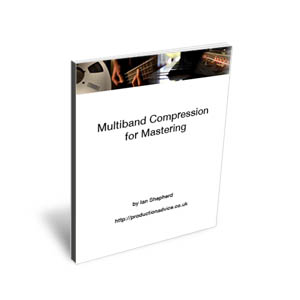This is a guest post from Ryan Canestro of Ditch Road Records and host of The Home Recording Show. Find him on Twitter @RyanCanestro.
Electric guitar has had all the glory for too long when it come to microphone shootouts. Well, when it comes to just about anything, but that is beside the point. A conversation with a listener of The Home Recording Show about what microphone to put in front of a bass cabinet got me thinking more than a normal human should think about the subject. My stock answer has always been to use a large diaphragm dynamic moving coil microphone. This would be your standard Shure SM7b, EV RE20, Sennheiser 421, Heil PR40, et cetera. Now the reasonable doubt to this approach started to creep into my head.
I decided to test my usual choices and conventional wisdom to see what actually happens when you try different types of microphone designs, polar patterns, and distances from the source. It was once again time for me to slip into my studio lab coat and get down to some serious business (as I have convinced my wife). I would have liked to use every microphone that I have available to me in the studio, but I knew that would do none of us any good. What I ended up doing was taking one microphone to represent each of the different varieties.
2 Comments
